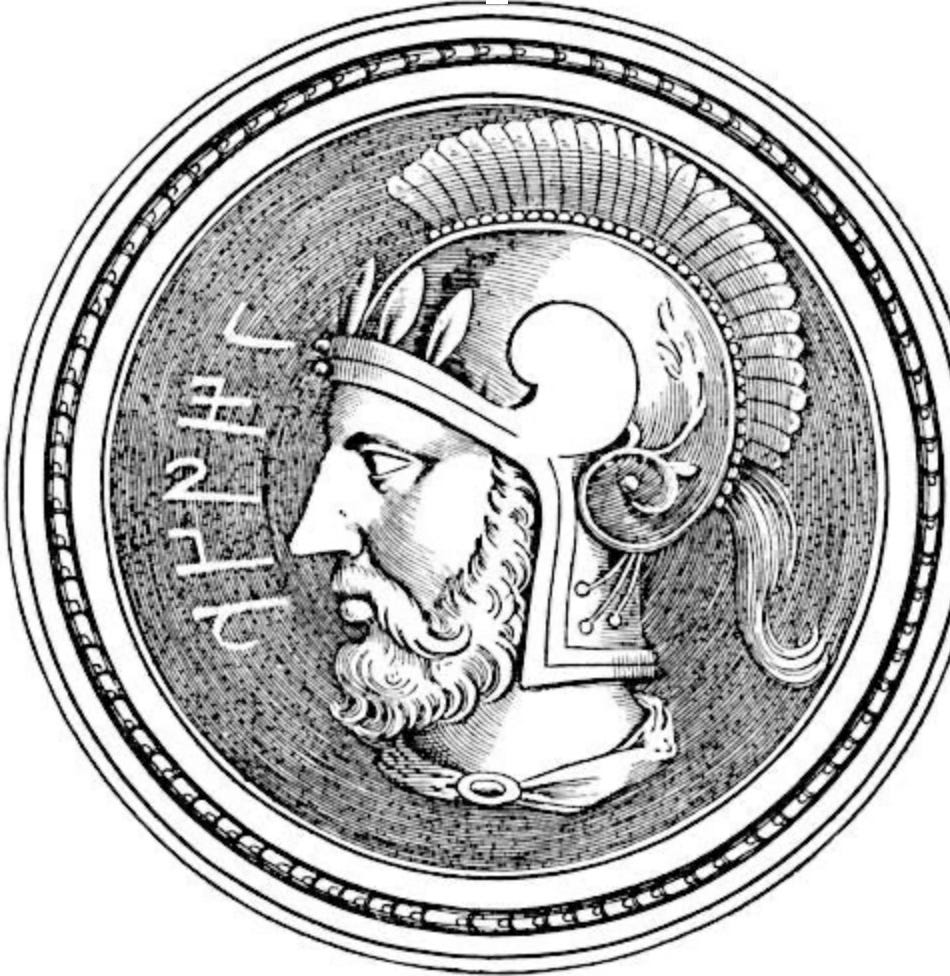On The Stateless Class
The Global Elite and the Eclipse of the Nation (Class Series, Essay 9)
“Wherever capital goes, sovereignty recedes.” - Giovanni Arrighi
Power migrates to where it is least constrained. In the medieval world, it resided in kings and lords. In the industrial age, it moved to factory owners and financiers. In the digital age, it has slipped the borders of nations altogether. The new ruling class is stateless, a global elite wh…
Keep reading with a 7-day free trial
Subscribe to Healthy, Wealthy, & Wise to keep reading this post and get 7 days of free access to the full post archives.


